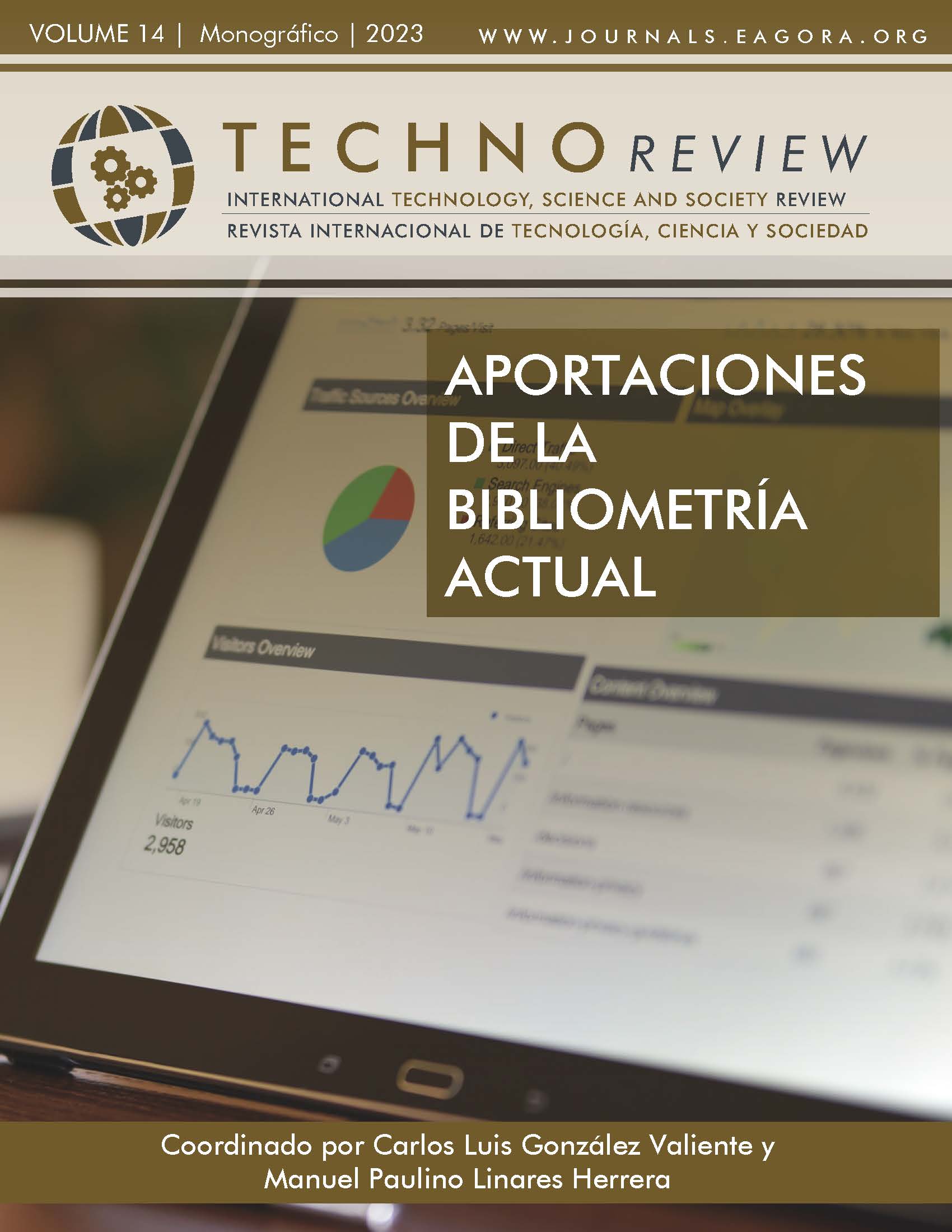Social Media as informal learning agents for teenagers. Systematic review
DOI:
https://doi.org/10.37467/revtechno.v14.4965Keywords:
YouTube, Twitter, Music Education, Informal learning, Social media, Teenager, Digital skillsAbstract
The purpose of this study is to carry out a systematic review of scientific publications regarding the state of the art of the role of social media as agents of informal musical education amongst teenagers. Nowadays, young people are advanced users of social media as a multimodal language. These, together with online video platforms, serve as a resource for their informal learning. However, after following the parameters of a PRISMA systematic review, this article establishes that there are scarce results of scientific literature delving into this topic.
References
Álvarez Ramos, E., Heredia, H. y Romero, M. (2019). La generación Z y las Redes Sociales. Una visión desde los adolescentes en España. Revista Espacios, 40, 1-13. http://hdl.handle.net/10498/21358
Arias, W. L. y Oblitas, A. (2014). Aprendizaje por descubrimiento vs. Aprendizaje significativo: Un experimento en el curso de historia de la psicología. Boletín Academia Paulista de Psicología. 34, 455-471.
Checa, F. (2013). La utilización de microblogging y de twitter como herramienta de enseñanza – aprendizaje. Espiral. Cuadernos del profesorado, 6(11), 19 – 27.
Colás-Bravo, P. y Quintero-Rodríguez, I. (2022). YouTube como herramienta para el aprendizaje informal. Profesional De La información, 31(3), 1-11. https://doi.org/10.3145/epi.2022.may.15
Giddings, S. (2020). Musical lifelong learning in a digital age. The Canadian music educator, 61, 37-38.
Landa, M. y Monreal-Guerrero, I. M. (2022). Revisión sistemática sobre el enfoque del pensamiento visible en las enseñanzas artísticas. Human Review, 2-13. https://doi.org/10.37467/revhuman.v11.3887
Marcelo-Martínez, P. Yot-Domínguez, C.R. y Marcelo, C. (2023). Los docentes y las redes sociales: usos y motivaciones. Revista de Educación a Distancia, 72(23), 1 – 20.
Malik, A., Heyman-Schrum, C. y Johri, A. (2019). Use of Twitter across educational settings: a review of the literature. International Journal of Educational Technology in Higher Education, 16. 2-22. https://doi.org/10.1186/s41239-019-0166-x
Martín, D. y Medina, M. (2021). Redes sociales y adicción al like de la generación z. Revista de Comunicación y Salud, 11, 55-76. https://doi.org/10.35669/rcys.2021.11.e281
Monreal-Guerrero, I. M. y Herrero, S. (2023). YouTube as informal music learning resource for teenage users. Systematic review. Human Review, 18(3), 2-14.
Pattier, D. (2021). Educating in Art and Culture through YouTube: the impact of edutubers. Komunikacija i kultura online, 12(12), 167-181. https://doi.org/10.18485/kkonline.2021.12.12.10
Pedrero, L. M., Barrios, A. y Medina, V. (2019). Adolescentes, smartphones y consumo de audio digital en la era de Spotify. Comunicar, 60, 103-112.
Pereira, S., Fillol, J. y Moura, P. (2019). Young people learning from digital media outside of school: The informal meets the formal. [El aprendizaje de los jóvenes con medios digitales fuera de la escuela: De lo informal a lo formal]. Comunicar, 58, 41-50. https://doi.org/10.3916/C58-2019-04
Prensky, M. (2001). Digital natives, Digital Immigrants. On the Horizon. MCB University Press, 9(5) 1-6.
Reed, P. (2013). Hashtags and retweets: using Twitter to aid Community Communication and Casual (informal) learning. Research in Learning Techcnology, 21, 1 – 21.
Stowell, D. y Dixon, S. (2014). Integration of informal music technologies in secondary school music lessons. British Journal of Music Education, 31(1), 19-39. https://doi.org/10.1017/S026505171300020X
Downloads
Published
How to Cite
Issue
Section
License
Those authors who publish in this journal accept the following terms:
- Authors will keep the moral right of the work and they will transfer the commercial rights.
- After 1 year from publication, the work shall thereafter be open access online on our website, but will retain copyright.
- In the event that the authors wish to assign an Creative Commons (CC) license, they may request it by writing to publishing@eagora.org







